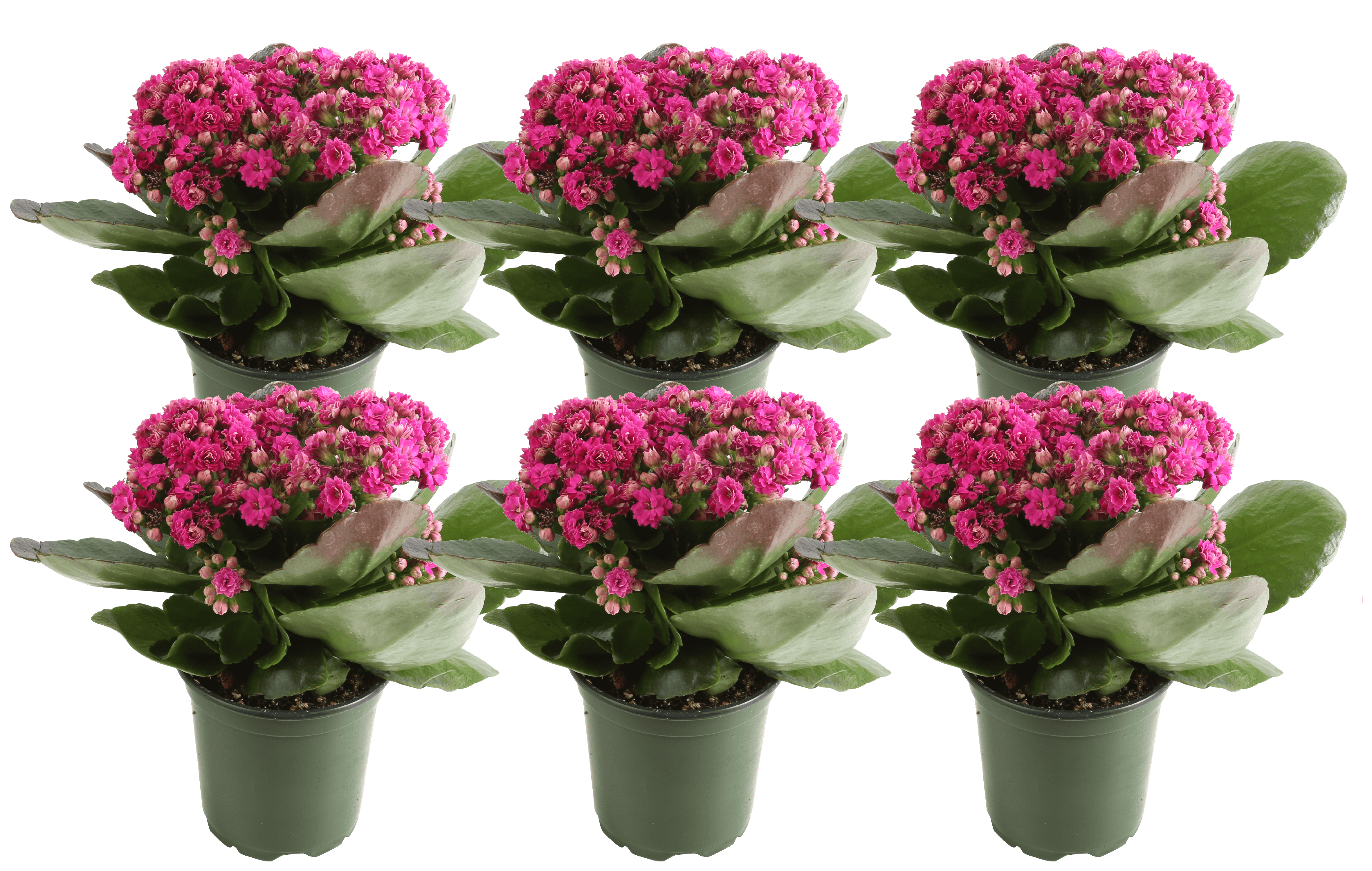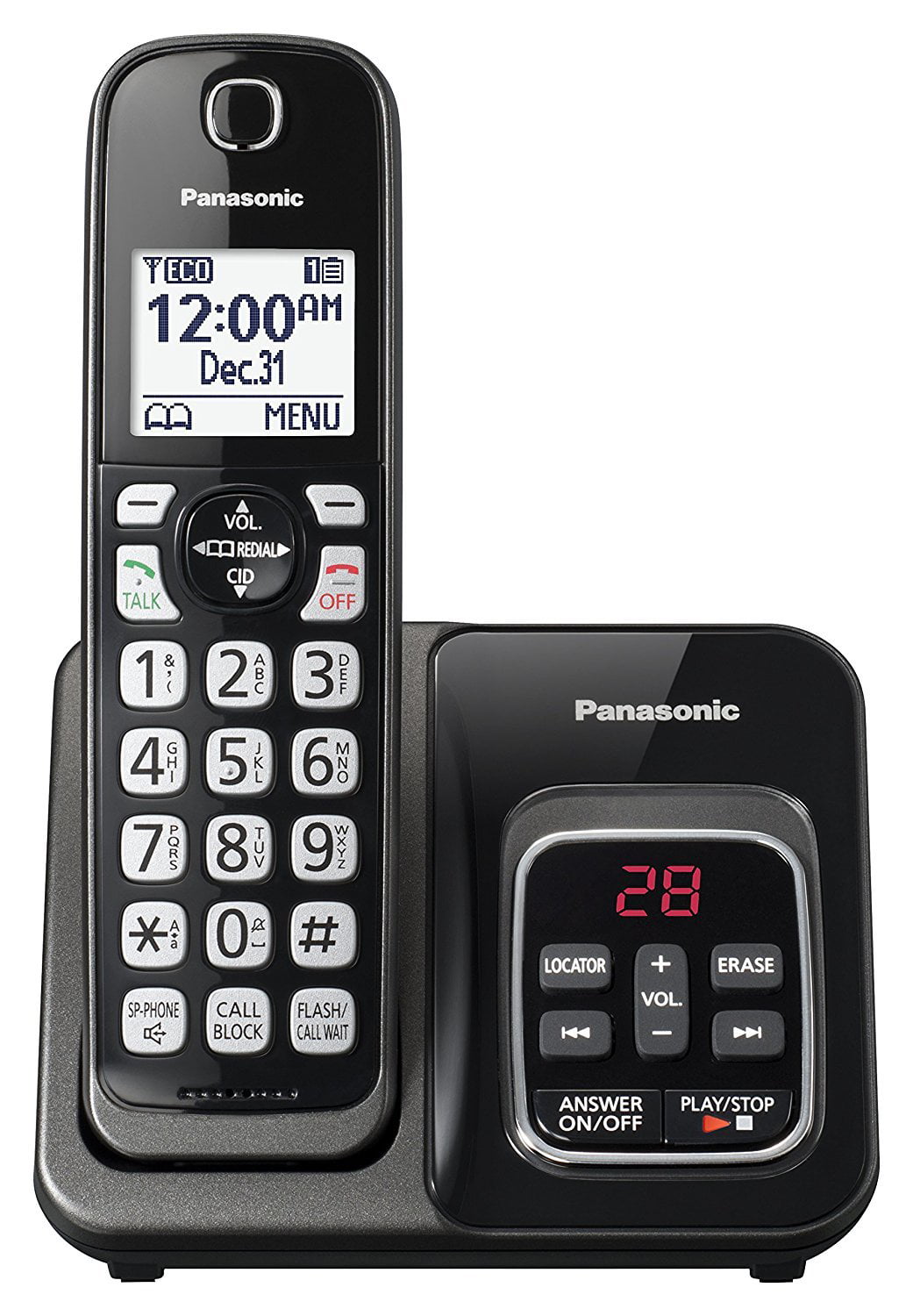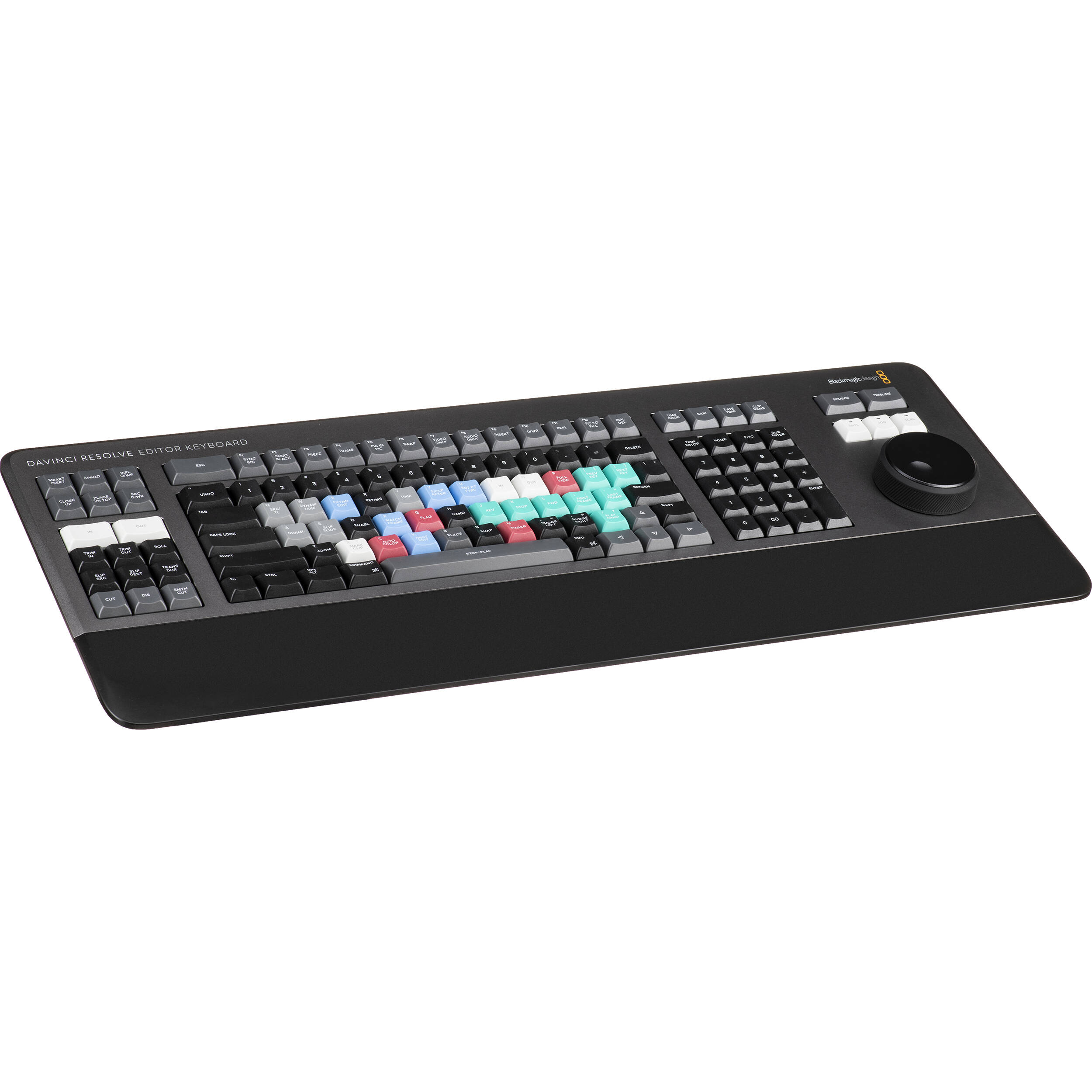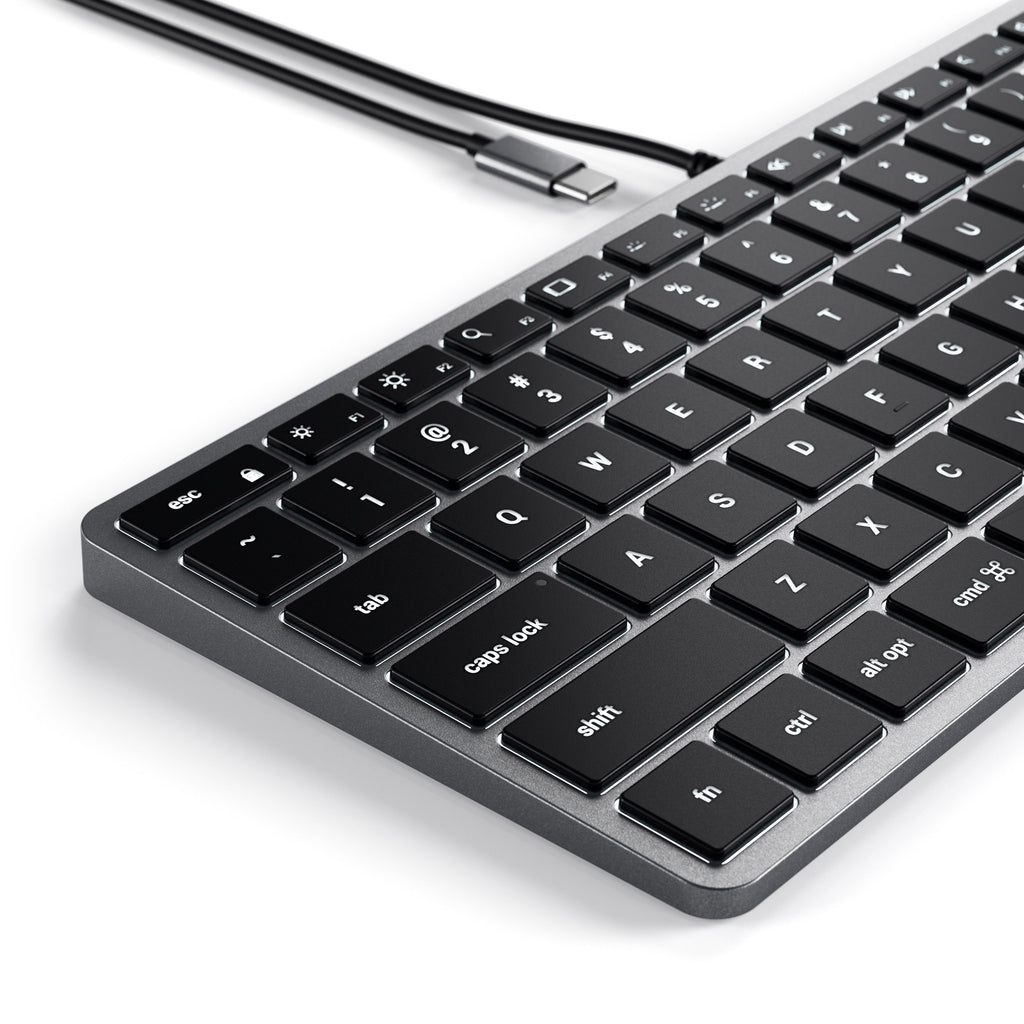Table Of Content
We’re not here to judge—if it’s stupid but it works, then it’s not stupid. But we are here to outline a general logo design process that you can use as a starting point. We’ll show you how to combine research and analysis with creative ingenuity to create an outstanding logo design. Below are the 7 basic steps to logo development, complete with examples that show the process in action.
Adobe Illustrator

We then permanently archive the ZIP file into our cloud archive, allowing the client to have a backup should they misplace the designs. Similarly, these guidelines can be sent to a printer to ensure maximum accuracy when the documents are printed through Pantone colour values. They can be passed along to a web developer who can quickly see the exact colour values to use on the website and what fonts to utilise in the content. The final files for a project will be neatly arranged so that the files are clear where they will be used. From the social network profile images to the banners and headers, current dimensions ensure everything looks perfect for the big reveal of the new Brand Identity to the world. Further mockups and realised stationery or business cards could be presented as the next logical step.
Top 7 Fiverr Logo Designers for Your Next Logo Project - The Jerusalem Post
Top 7 Fiverr Logo Designers for Your Next Logo Project.
Posted: Sun, 07 Apr 2024 07:00:00 GMT [source]
The Power Of A Logo In Elevating Your Business Identity
Using a program like illustrator, you can take your design to the next level. Illustrator is one program that creates vector designs—meaning the shapes and colors can stretch indefinitely. You still aren’t focusing on details, but you’re starting to make it a little more concrete, to really pin down your direction. Choose the rough you think has the most potential to create your final design. Instead, I’ll be teaching the systematic approach that I use to design logos – the entire blueprint for my creative process, from start to finish. My Logo Design Academy is an interactive 18-part video series where you will learn my entire creative process for coming up with logo ideas, from start to finish.
Marketing Services
Create many drafts, and choose the top three designs that you feel are the most effective. You need to be cautious and selective with the number of colors in your logo, as adding too much hinders people from understanding it. As a general rule, your logo should not have more than three colors. You also need to consider that specific colors express different traits and emotions. Brand colors in a logo can either turn out to be your best friend or your mortal enemy. It’s a good idea to add colors when you edit a logo, but you don’t want to go overboard.
Delivery—Export logo files & create a style guide.
Then, you'll need to create a style guide that defines your logo's typeface, colours, and other elements. You'll need to design a logo appropriate for the client's industry. After you've designed the logo, you'll need to create a prototype. When it comes to logo design, it is crucial to select the correct file formats for different use cases. Other formats offer varying levels of quality, compatibility, and scalability. It is essential to choose the appropriate format to ensure that your logo can be used effectively across different platforms and mediums.
Concept Development
When a designer first takes on a new logo project, he spends a lot of time trying to understand both the organization and its audience. We'll get to the process of learning what a logo needs to "say" later, but first, let's talk about what makes a great logo in the first place. In this article, I will walk you through my proven 7-step logo design process and do so on a real-case scenario.
Illustrator is a staple for many professional design groups and can be used to create professional logos and limitless other designs. And my favorite aspect is that you can use pre-existing colorways to create a more visually appealing and aesthetic logo. Your logo design should be consistent with how you perceive your brand and how your customers already perceive it.
Designing a Logo: The Process
In this article, I will show you my step-by-step logo design process. By simply providing your industry, company name, and slogan, the tool will offer personalized recommendations tailored to your needs. A lot of the information you’ll need should be in the design brief. But there are always clients who can’t articulate what they want or don’t know themselves, and it is up to the designer to draw this information out. Every bit of insight you can get into the company and the people that comprise it will contribute to the success of your design in the long run.
Studying your competitors that fit within your brand guidelines might seem odd in the beginning. However, it could give you a different and unique insight into your industry. You will spend a lot of time thinking and planning before you develop a good logo. Throughout history, logo design has played a significant role in brand recognition and communication.
By now, you should have a messy smorgasbord of logo sketches as well as a better sense of what you want the final logo to look like. Of those sketches, take around 3 of your best ones and recreate them in your design software. The concept for the logo is based on brand ideology and includes the versions of the visual “message” that will work toward the stated goal. The main task is creating a brand image — first as a verbal description, then through association, and ultimately as a visualization. Designing a logo is the first step in building your brand and a mark of professionalism in business.
I experimented with different colour schemes, finally settling on earthy tones to reinforce the brand's connection to nature. There may be facets of their business that had not been mentioned in the initial consultation. Still, the critical point to client discovery is understanding their issues further to provide the best solution possible. This requires that a logo work on light and dark backgrounds as well as in black and white. As you preview a logo in these settings, be prepared to make minor adjustments.
From the concept stage to the final product, what goes into designing a logo? How are designers able to capture an organization's mission and personality into a single, simple image, especially when they aren't a part of the organization themselves? This step requires you to find out more about the industry your client is in. Consider the historical perspective of your client and their industry, and look at emerging trends in the marketplace.












